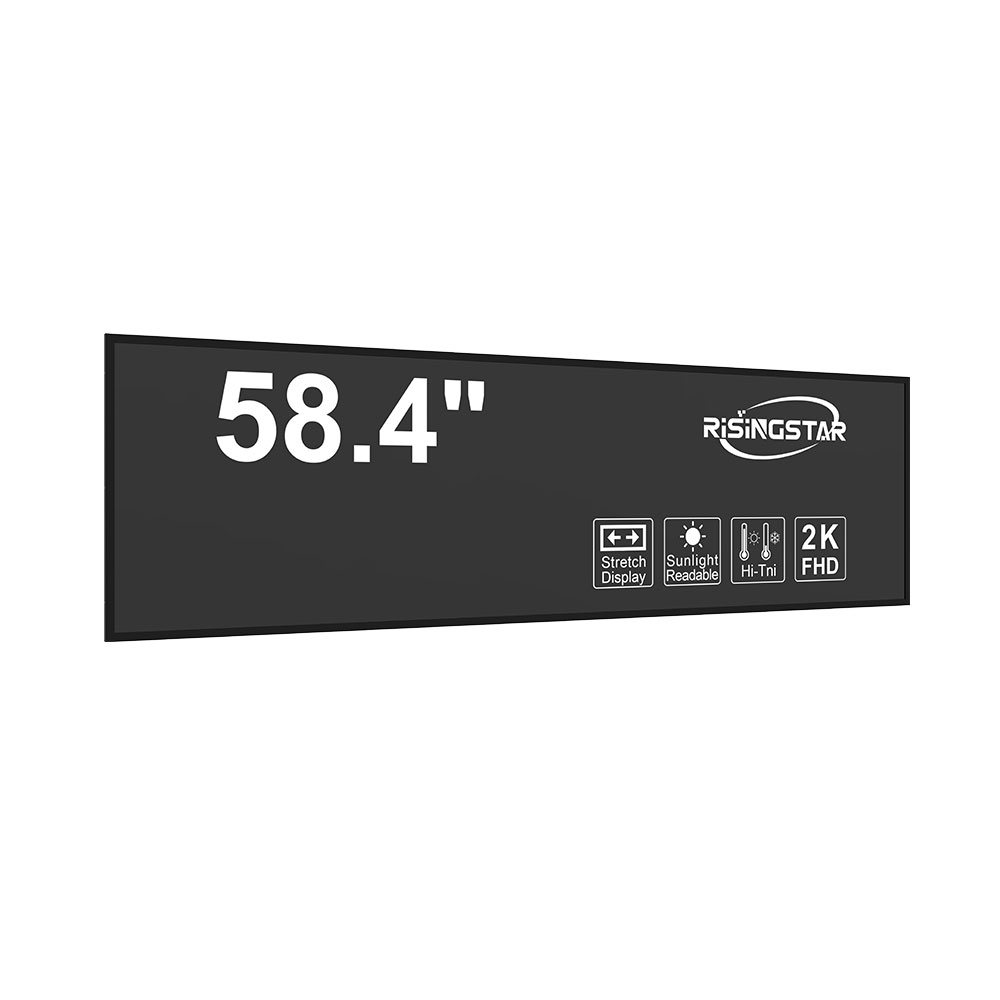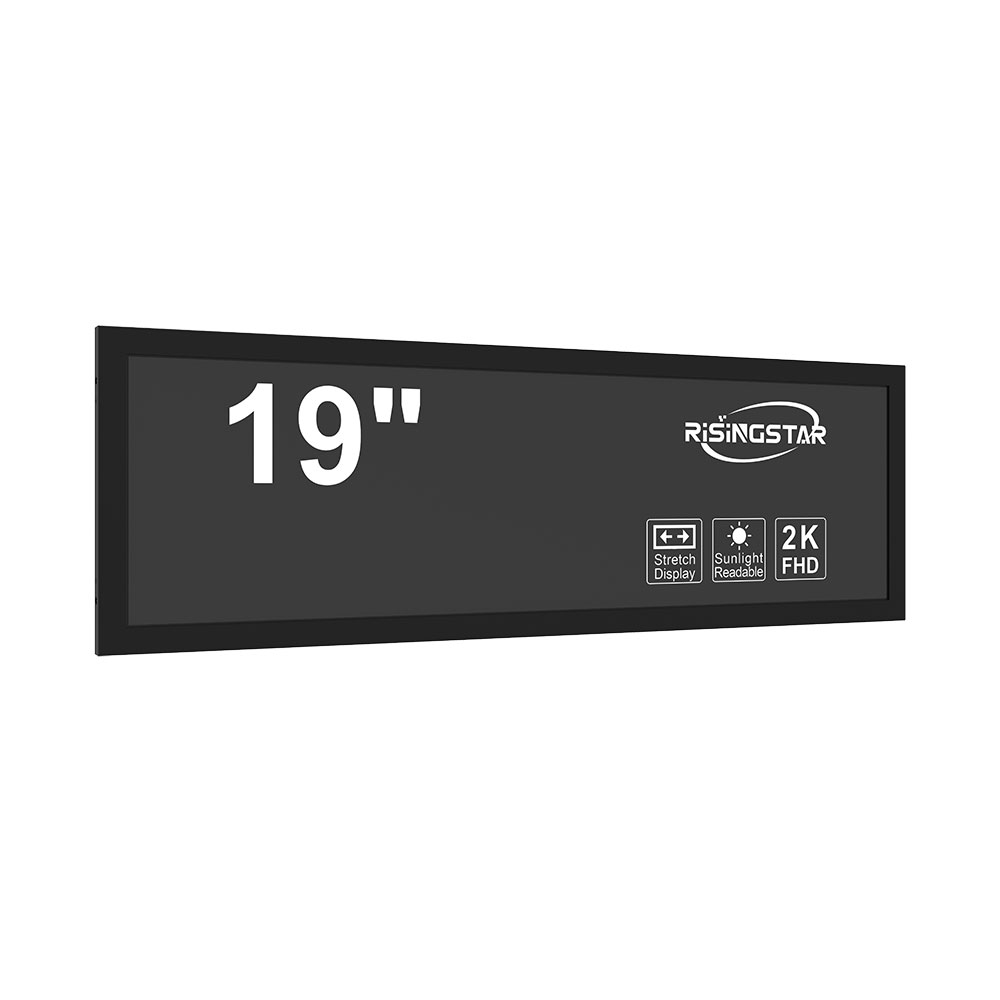- Home
- About Us
- Products
- News
- Video
- Contact
- Send Inquiry
Search
- Home
- About Us
- Products
- News
- Video
- Contact
- Send Inquiry

When designing outdoor digital signage solutions, selecting the right LCD screen size is critical to ensure visibility, clarity, and durability under varying environmental conditions. The most common display ratio for outdoor LCD screens remains 16:9, a standard that aligns with modern video content, broadcast formats, and user expectations across global markets. This aspect ratio offers optimal balance between horizontal width and vertical height, making it ideal for both advertising and information dissemination in high-traffic environments such as retail facades, transit stations, and public plazas.
Screen sizes vary widely depending on application needs. For compact installations—such as kiosks or small storefront displays—10.1-inch and 13.3-inch models are often used. These portable, energy-efficient units are suitable for indoor-outdoor hybrid setups where space is limited but visibility must be maintained. Larger screens, including 15.6-inch, 18.5-inch, and 21.5-inch, are increasingly deployed in commercial settings like gas stations, airports, and smart city installations due to their ability to deliver sharp visuals at distances of up to 15 meters.
For permanent outdoor digital signage applications requiring high impact and readability from afar, 23.8-inch through 49-inch displays dominate. These screens typically feature full HD (1920x1080) or 4K resolution, anti-glare coatings, and IP65-rated enclosures for weather resistance. According to industry data from the Digital Signage Federation (DSF), over 70% of outdoor digital signage deployments use screen sizes between 27 and 49 inches for maximum visual engagement in urban environments.
In large-scale installations such as stadiums, highways, or corporate campuses, 55-inch, 65-inch, and even 75-inch screens become essential. These units are commonly equipped with ultra-bright LED backlights (up to 5,000 nits) and advanced thermal management systems to withstand extreme temperatures and prolonged sun exposure. Notably, the 86-inch and 98-inch models are now frequently seen in outdoor media walls, offering immersive experiences in entertainment venues and event spaces. For massive scale projects—like highway billboards or public transport hubs—110-inch displays are being adopted, particularly when combined with edge-blending technology for seamless multi-screen arrays.

The choice of size should always align with viewing distance, ambient light levels, and content type. Industry best practices, such as those outlined by the Society of Motion Picture and Television Engineers (SMPTE), recommend a minimum viewing distance of 1.5 times the screen’s diagonal measurement for legible text and graphics. Furthermore, compliance with IEC 60068 standards ensures robustness against vibration, humidity, and temperature extremes in outdoor environments.
Ultimately, while 16:9 remains the gold standard for display ratio, the selection of screen size—from 10.1" to 110"—must be driven by application-specific performance requirements, environmental resilience, and long-term maintenance considerations. Proper sizing not only enhances viewer engagement but also maximizes return on investment for any outdoor LCD deployment.
